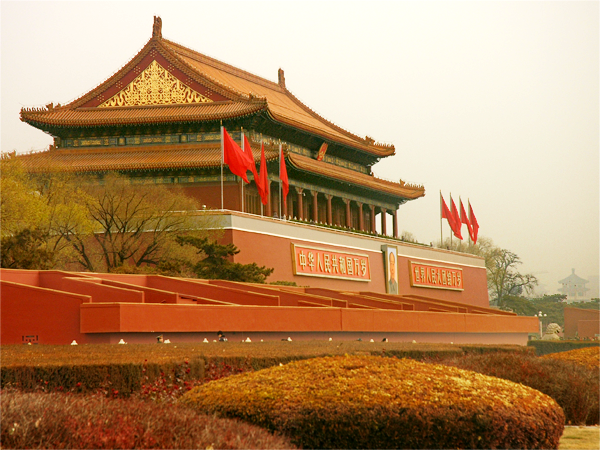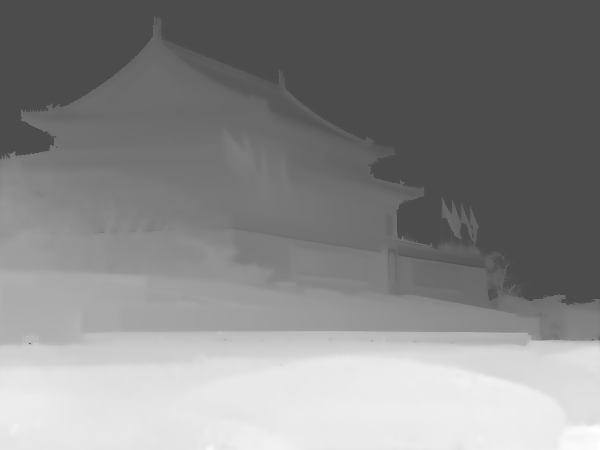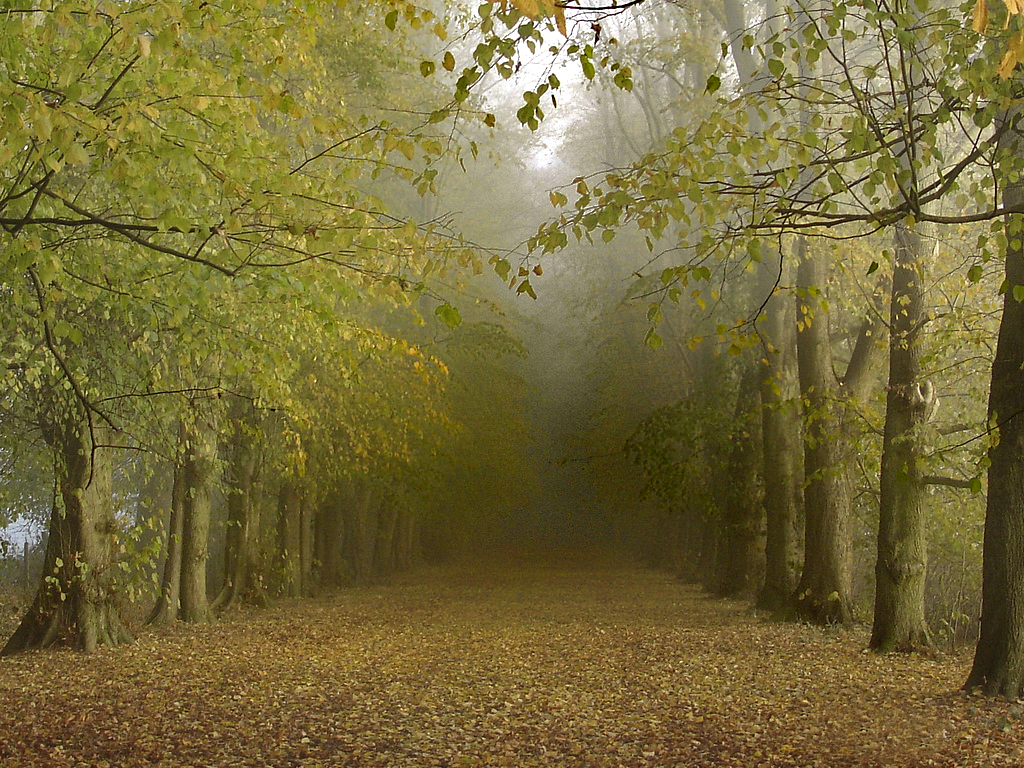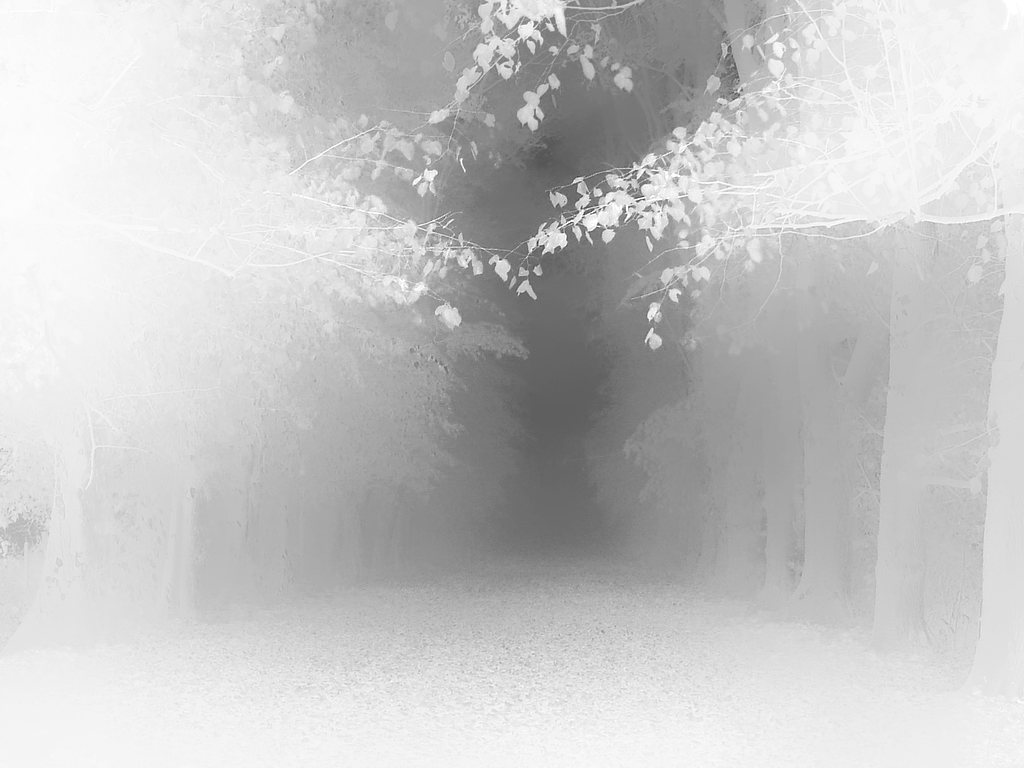|
Abstract Haze (or fog, mist, and other atmospheric phenomena) is a main degradation of outdoor images, weakening both colors and contrasts. We propose a simple but effective "dark channel prior" to remove haze from a single input image. The dark channel prior is a kind of statistics of outdoor haze-free images. It is based on a key observation - most local patches in outdoor haze-free images contain some pixels whose intensity is very low in at least one color channel. Using this prior with the haze imaging model, we can directly estimate the thickness of the haze and recover a high quality haze-free image. Results on a variety of hazy images demonstrate the power of the proposed prior. Moreover, a high quality depth map can also be obtained as a by-product of haze removal. |
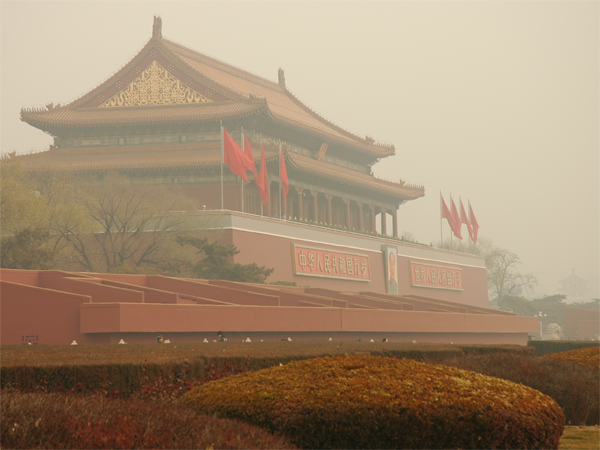 |
||
| input haze image |
our result |
our recovered depth |
 |
||
| input haze image |
our result |
our recovered depth |
|
Related publications:
Other materials: Result pages: |
|
Performance Rather than solve the "soft matting" as in our original CVPR 2009 paper, we have proposed the "guided filter" in our ECCV 2010 paper to efficiently refine the transmission map. The entire dehazing procedure in our latest unoptimized CPU implementation takes about 0.2s per Mp without any downsampling. A faster coarse-to-fine solution can dehaze 32Mp in 0.5s with almost no visual degradation. The performance is reported with an i7 quad-core 3.0Hz CPU, 8G RAM, and 64-bit Win 7. |
